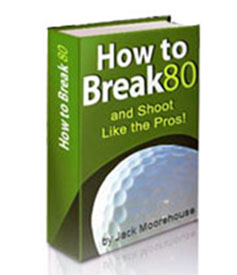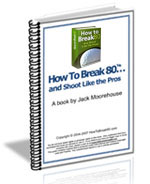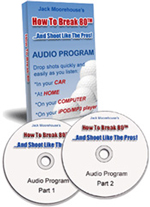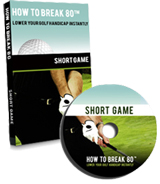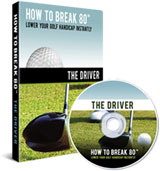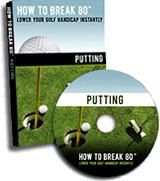
Understanding The Short Game By Jack Moorehouse Golf is a thinking man's game. You've probably heard this said a thousand times. But when they talk about golf being a thinking man's game, they're primarily talking about the short game. Shots beyond 125 yards are rather basic. You select a club, pick a target, and hit the ball with a full swing. Shots from 125 yards in are more varied. Two balls lying 5 yards apart and just 30 yards from the hole may require different shot strategies and techniques. Understanding the short game is the key to golf. It's also key to lowering your golf handicap. A shot from 150 yards out requires one or two decisions. But a shot from 20 yards or 30 yards away requires several decisions. Considerations include lie, pin placement, type of shot, type of swing, and so on. That's why I tell players who take my golf lessons that if they're serious about improving their game, they must delve deep into the short game. Two Ways to Go To hit a low running shot, take a slightly open stance, play the ball back in your stance, square the clubface, keep your hands ahead of the clubhead, and swing shallow and U-shaped. Also, maintain firm wrists through the swing, don't release the clubhead at impact, and finish low and abbreviated. To hit a high floating shot, take a slightly open stance, play the ball forward in your stance, open the clubface, keep your hands even with the clubface, and swing steep and V-shaped. Also, keep your wrist actively hinging, use a full release at impact, and finish full and in balance. Work on hitting both types of shots in practice, as I've said in my golf tips. Learning to control these shots is the foundation of a good short game. Also, don't throttle back or try to hit a three-quarter- swing with these shots. Take a full swing. Some players need to practice hitting these shots with a full swing to convince themselves of that. Basic Principles
Never swing hard with a short club. Survey the land before hitting. Don't be cute. Concentrate on centered impact. Visualize the shape of your swing. Loft is the essence of the short game. Keep these basic short game principals in mind next time you play. Use them as the foundation of your short game. Learning to play the short game well is a challenge. It takes time, patience, and practice. It also requires you to think about every shot you take near the greens. But the pay-off is worth it. It's the quickest, most effective way of cutting your golf handicap down to single digits and becoming the player you've always wanted to be.Jack Moorehouse is the author of the best-selling book "How To Break 80 And Shoot Like The Pros." He is NOT a golf pro, rather a working man that has helped thousands of golfers from all seven continents lower their handicap immediately. He has a free weekly newsletter with the latest golf tips, golf lessons and golf instruction.
|
|
